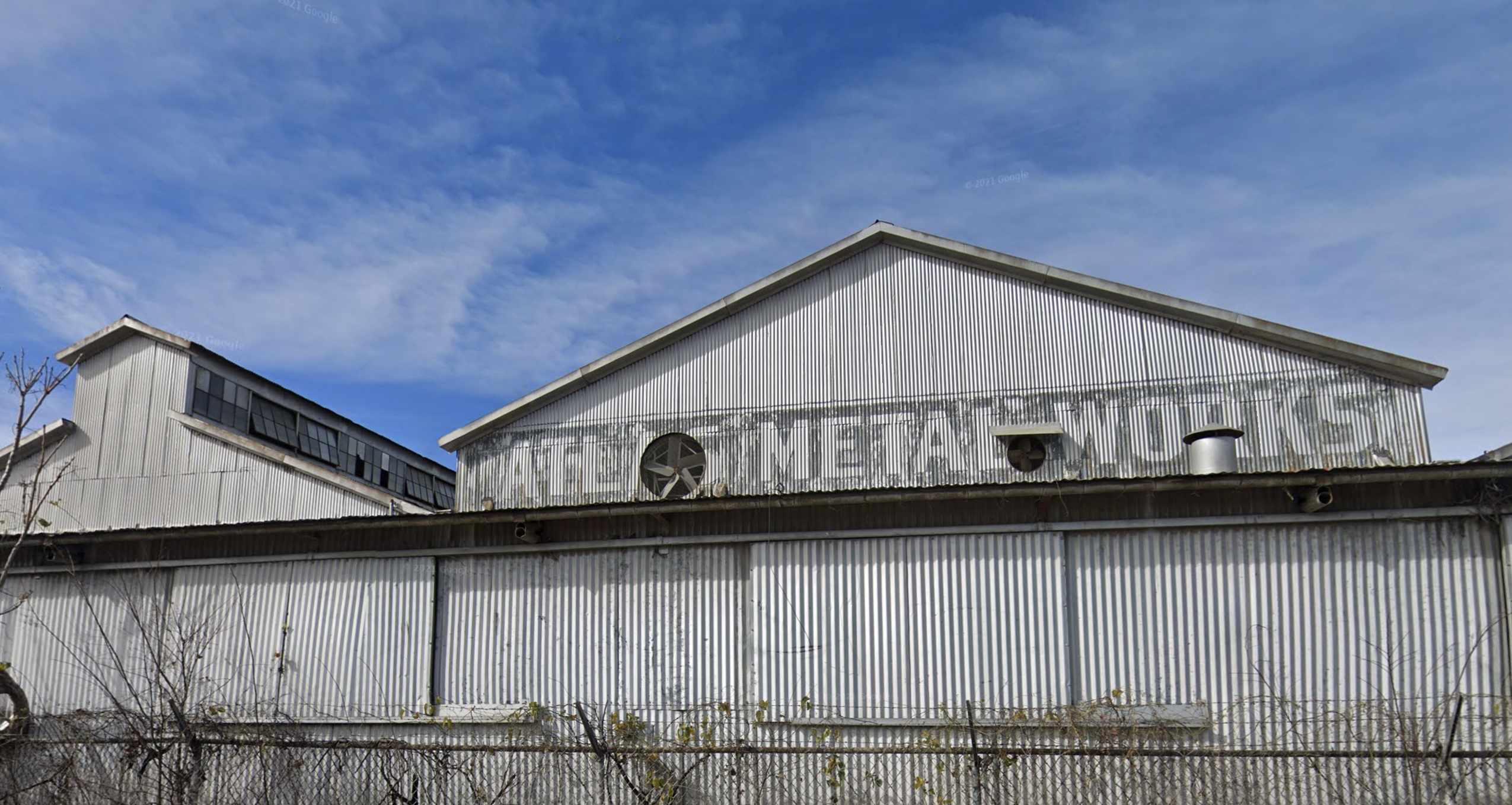
At least once a year – or what feels like once a year – The Dallas Morning News publishes a story about a local piece of building history facing the wrecking ball. And two months into 2022, we’ve already seen this year’s story. Dallas architecture critic Mark Lamster introduces us to the most recent buildings of concern – the Atlas Metal Works, Exchange Park, and the Hageman Perry House in the Cedars – and schools us on their importance and the need to save these pieces of Dallas history.
Yet every time I read one of these articles, I’m reminded of Helen Lovejoy on The Simpsons pleading with everyone: “Won’t someone please think of the children?” Just swap out buildings for children, and as the headline says – here we go again. Once more the argument is thrown out the buildings have a history and value that the owners should recognize and work to preserve.
Except preservation is never that simple, a notion never really addressed. And every building cannot be saved, an idea that I stand to take a good drubbing for because I’ve said the quiet part out loud.
Preservation is often a hard balancing act between history and practicality. The three buildings highlighted in the article are excellent examples. While we hope to keep more of Dallas intact and lose less of our heritage, some questions need to be asked instead of just lamenting the demolishing of another piece of history.
Is it practical for the developer to repurpose the Atlas buildings if the only usable element is the steel frame? Mr. Lamster proposes using a vacant lot behind Atlas for the apartment development proposed on Atlas’ site and repurposing the metal sheds for multi-use. But is that something that’s within the developer’s budget? Does Dallas need another mixed-use development?
Exchange Park is now owned by UT Southwestern. As a future medical campus, can the existing structures fit into UT Southwestern’s plan without cost-prohibitive modifications to meet medical facility requirements? Has the required effort to maintain the buildings still worth it?
And would it make sense to relocate the Hageman Perry House in the Cedars in the same manner as the Rosenfield House so development can move forward? Or is the bigger question about developers overrunning the area with more townhomes that aren’t native to the neighborhood? Has the time come for an historic district designation for the Cedars or have preservationists waited too long?
As long as property values continue to increase, owners and developers are going to be looking more at the bottom line (short term gains) and less at what might be worth saving, especially with buildings that aren’t designated as historic properties or within historic districts.
What strikes me over and over again, though, is seeing organizations like Preservation Dallas and AIA Dallas being reactive versus proactive. Were the Atlas buildings on anyone’s radar until it was too late? Same for Exchange Park and the Cedars? I always read these articles with that question in mind. Clearly Preservation Dallas is aware of areas of Dallas that need attention, but everyone seems surprised when demolition is just around the corner. Or at least the articles read this way.
Has anyone approached developers or property owners early in the process and worked on a way to save structures deemed as historic? UT Southwestern purchased Exchange Park in 2008. Given UT’s progression down Harry Hines in the last 25 years, no one can be surprised that these buildings might come down. However, that’s 14 years of opportunity to work with UT Southwestern on the importance of maintaining that part of Dallas history. (On a side note, I spent the first eight years of my career driving past Exchange Park to and from work every day, and I have a hard time imagining those buildings no longer being part of the community.)
I have lived in Dallas long enough to watch development pave over much of the city with little regard to much else. You can see that happening in multiple areas of South Dallas, including the Cedars and Oak Cliff. Almost any neighborhood around downtown has townhome after townhome squeezed onto lots that once were single family homes, and we’ve been watching West Dallas gentrify since the moment the Margaret Hunt Hill bridge started construction. Another apartment building going on the Atlas site is simply par for the course. In my lifetime, I never thought I’d see the kind of development happening on Commerce that has occurred in the last ten years, much less on Singleton.
Yet money talks, and developers are going to look at the best opportunities for the best return on their investment, regardless of any perceived historic significance. Which creates a balancing act with trying to preserve Dallas’ building history. But if we hope to see that change, preservationists will have to get ahead of the game, instead of waiting until buildings are on the chopping block to address the issue.

Recent Comments